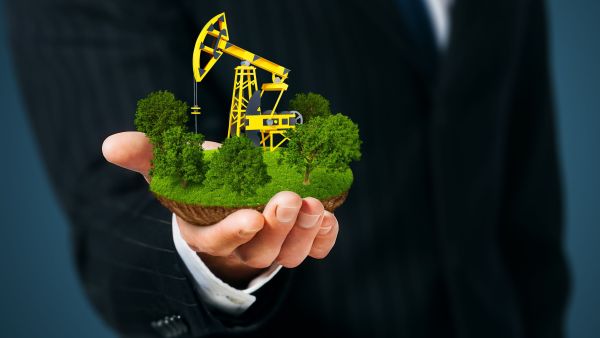The debate is still on-going, even though International Organizations (e.g International Energy Agency (IEA)and Important European Governments (Germany, UK) have acknowledged the benefits of the shale oil & gas technology and are in the process of passing the re. Romania, Ukraine and Latvia have also adopted legislation on permits for shale gas exploration.
We believe that the most important impact of the American shale gas advancement is a fundamental mindset change of its key energy markets players – producers and consumers. The shale energy revolution has already altered and continues to impact the established business models and consumption and production patterns.
First, the US domestic gas supply in the US advanced to all-time records – thus, the Department of Energy S forecasted a record 716 bcm of gas production in 2013.
Second, US will begin exporting LNG this year – there are two export permits already issues – from Freeport, Texas and Sabine Pass in Louisiana. With the Henry Hub pricing several times cheaper than European gas, American exports on European energy markets will be a powerful competitor.
Third, the shale gas competes now with other types of fuel – Thus, in 2010, many US power plants abandoned coal and switched to gas. As a result, on European energy markets the cheap American coal competed with expensive Russian gas, prompting almost an epidemic of gas fired power plant closures in Germany, UK, Czech and Slovak.
Fourth, the European domestic production = e.g. from the North Sea – is shrinking and will continue to shrink. This will create an additional demand for imports in Europe, although the overall demand will stay the same. However, will stimulate the competition among old and new suppliers – the pie is shrinking , and the number of suppliers is increasing.
Finally, with so many elements of demand in transition, the oil&gas demand forecasting for Europe has become an even more complex undertaking cannot stay the same and will be revised. Most assumption used in the 2009-2010 no longer apply and have been already revised, Last year, for example the gas consumption in the EU was 456 bcm, but in 2006-2008 it was much higher, in the range of 520-530 bcm. Assumptions in long term forecasting include trends, and the current trend cannot be applied unless the economic downward trend reaches the bottom, not until next year. The spot prices on European markets are still lower than the long term Gazprom contracts, a strong incentive to see alternative supplies or alternative fuels , such as the much cheaper coal. Even if coal is not an environmentally clean fuel, in the current recessionary environment, cost cutting approach would justify the use of coal v. clean gas. Thus, not only the demand forecasts have to be revised, but the distribution within the energy mix should necessarily consider a more realistic economic pattern, The shale gas may account for a small part of demand in the energy mix, but its addition trigger important changes in the way demand, energy mix and energy contract negotiations are conducted.
These are just few or the elements in the post-shale gas markets - powerful developments, which invite participation and justify close monitoring towards energy independence.
The interest in shale oil&gas in the European context is justified from economic and energy security stands. Europe imports around 3% of its GDP – almost 400 billion Euro a year, an import dependency burden it tries to reduce. The existing oil&gas reserves are shrinking, and, in countries of South East Europe, diversifying away from one-supplier dependency is a stated goal.
In Germany, the expectations are high – the Parliament will review this summer comprehensive legislation, , which, it is hoped would allow Germany to expand the share of shale oil&gas in its energy mix to up to 14 percent in the next 50 years. In the UK expectations are that shale gas will replace the dwindling reserves from the Nordic Sea, and that the fuel imports will be slashed in half by the year 2030. In addition, the shale project may create 70 thousand jobs and attract foreign investment of up to 4 million pounds.
In Romania, shale gas will bring the energy independence goal a step closer to reality. . The recently granted official exploration permits will allow companies involved (in the next few years) to assess the technical potential and commercial attractiveness of existing shale reserves - a prudent, safe and environmentally responsible way to reach the country’s elusive until now , full energy potential.





























